“We’re here to empower cultivators worldwide to explore the interaction between light and life, increasing their yields and plant quality while achieving new margins and profits,” says Steve Graves, VP of Business Development at Fluence by OSRAM. The company was founded in 2013 in Austin, Texas, by entrepreneurs Nick Klase and Randy Johnson. Then in 2018 it was acquired by Munich-based lighting manufacturer OSRAM.
History
“In the earliest days, growers were dissatisfied with plant response and performance under LED horticulture lighting.” Since then, the combination of research and major advancements in fixtures has demonstrated that the right light spectra can enable growers to increase their yield, while improving plant quality and driving down energy costs.
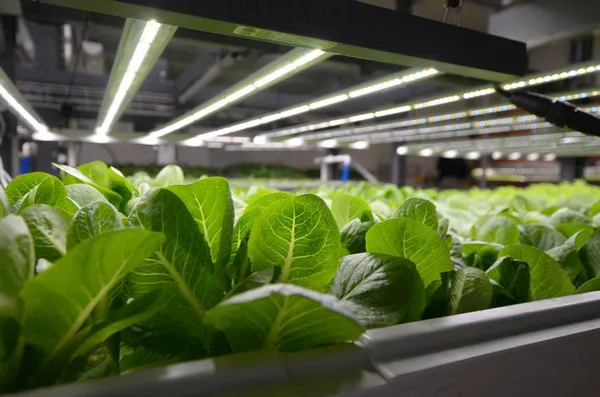
The market for horticultural LED lights has grown significantly since then, showing that LED can use up to 40% less energy than other systems. “Growers have found that it is possible – and profitable – to produce high-quality plants while maintaining operational efficiency.”
Research
Global, trusted research institutions like Wageningen University & Research, the Harrow Research and Development Centre and Michigan State University’s CELL Laboratory all do groundbreaking research into horticultural lighting, showing how spectral strategies, light intensity and other environmental factors can impact crop production.
“At Fluence, we strive to use this research to help growers refine lighting strategies and understand how to grow smarter, more efficiently and with greater resilience as the food chain evolves.” The company recently expanded their global photobiology research program, encompassing studies on multiple vine crops, leafy greens and medical cannabis in the US, Canada, Germany, Belgium and the Netherlands.
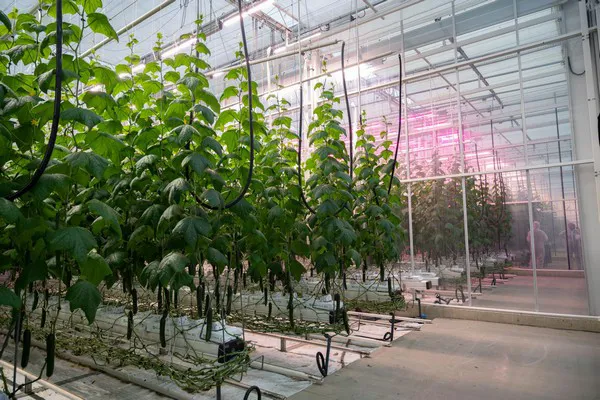
“As our lead scientist noted in a recent release: ‘Exploring how to manipulate LED technology presents a world of opportunity for us as scientists, but ultimately benefits growers looking to customize their cultivation environments. Insights derived from each study will help growers understand how various spectra impact harvests and plant quality, including factors ranging from nutrition and flavour to shelf life’,” quotes Steve.
COVID-19
The COVID-19 pandemic has, quite dramatically, underscored just how essential the global, commercial agriculture industry is. The disruption of the food supply chain has pulled self-sufficiency to the forefront of the conversation around crop production. Now more than ever, countries are considering locally grown food, evaluating how to source closer to home and discovering how to grow year-round in diverse climates.
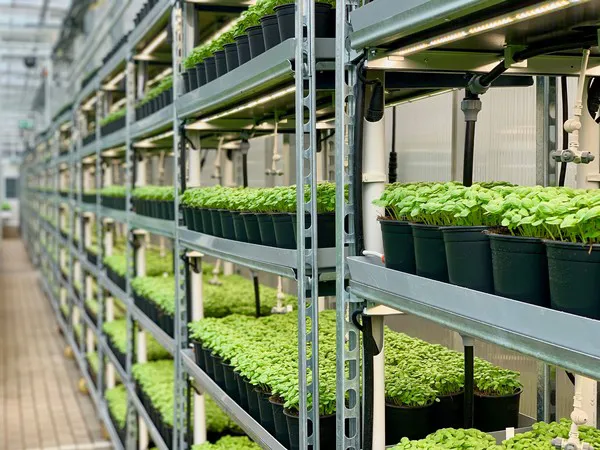
“It’s clear that COVID precipitated the digitization of a number of industries, but it significantly elevated food security and safety concerns. We’re noticing an accelerated investment in creating a more resilient, sustainable food chain that ensures local communities can be supported and sustained despite the consequences of unforeseen global health or geopolitical events. Growers have been given the opportunity to strengthen their businesses through customer demand. People throughout the world have noticed how a weak link in the food supply chain can disrupt their personal experiences with food.”
“For us, the pandemic reinforced how critical it is to help the world grow smarter by collaborating with our growers on building the optimal lighting strategies for their environments. Cultivators can’t miss a crop cycle. We had to virtualize how we communicated and collaborated with our global customer base to ensure their installations were seamless and their facilities were humming. We take pride in our ability to continue delivering our state-of-the-art solutions to growers throughout the world.”
Future
Throughout the globe, full-LED systems are quickly gaining ground. Steve envisions a market where every new facility is outfitted, and a significant portion of current cultivation environments are retrofitted with LED technology. “Growers are already realizing the efficiency and yield gains that LED can give, and will seek to push LED technology’s unique potential to challenge conventional crop production methods.”
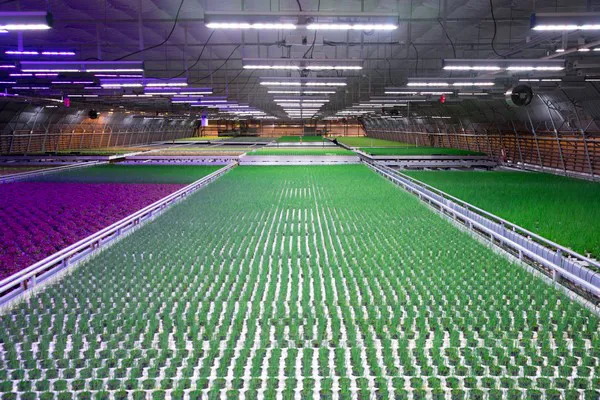
“Exploring how to integrate LED technology into smart farming and sustainability initiatives will also enable us to evaluate new cultivation environments such as vertical or urban farming.” Steve is particularly excited about growers beginning to examine non-traditional crops in greenhouse environments. “While growers are mastering the art of tomato, cucumber or leafy green production for example, the potential to innovate with other common crops like strawberries or blueberries in a highly efficient greenhouse could bring quality, locally grown produce to places that were historically limited by weather, climate or a general lack of sunshine.”
For more information: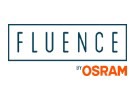 Fluence
Fluence
4129 Commercial Center Drive
Suite 450
Austin, TX 78744
512-212-4544
info@fluencebioengineering.com
www.fluence.science
